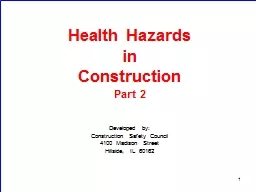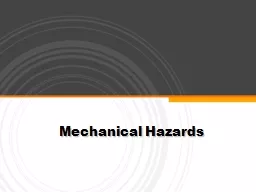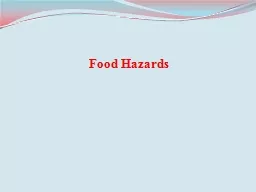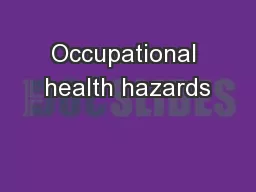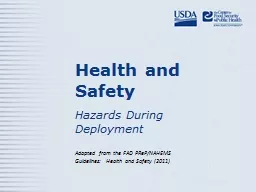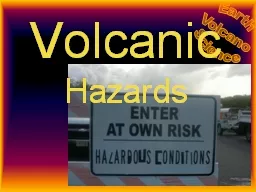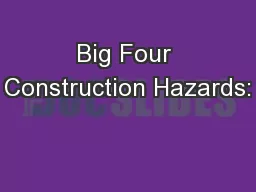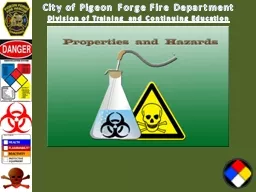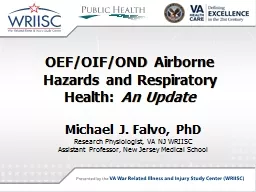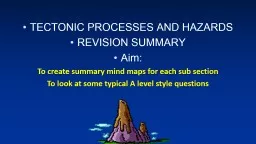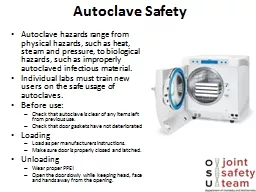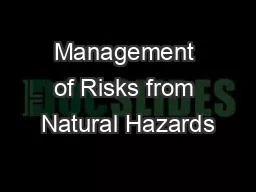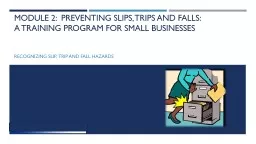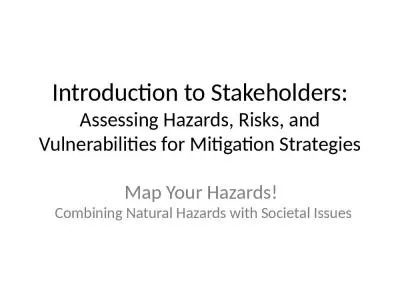PPT-1 Health Hazards in
Author : phoebe-click | Published Date : 2020-01-14
1 Health Hazards in Construction Part 2 Developed by Construction Safety Council 4100 Madison Street Hillside IL 60162 2 Chemical Health Hazards Learning Goals Be
Presentation Embed Code
Download Presentation
Download Presentation The PPT/PDF document "1 Health Hazards in" is the property of its rightful owner. Permission is granted to download and print the materials on this website for personal, non-commercial use only, and to display it on your personal computer provided you do not modify the materials and that you retain all copyright notices contained in the materials. By downloading content from our website, you accept the terms of this agreement.
1 Health Hazards in: Transcript
Download Rules Of Document
"1 Health Hazards in"The content belongs to its owner. You may download and print it for personal use, without modification, and keep all copyright notices. By downloading, you agree to these terms.
Related Documents

